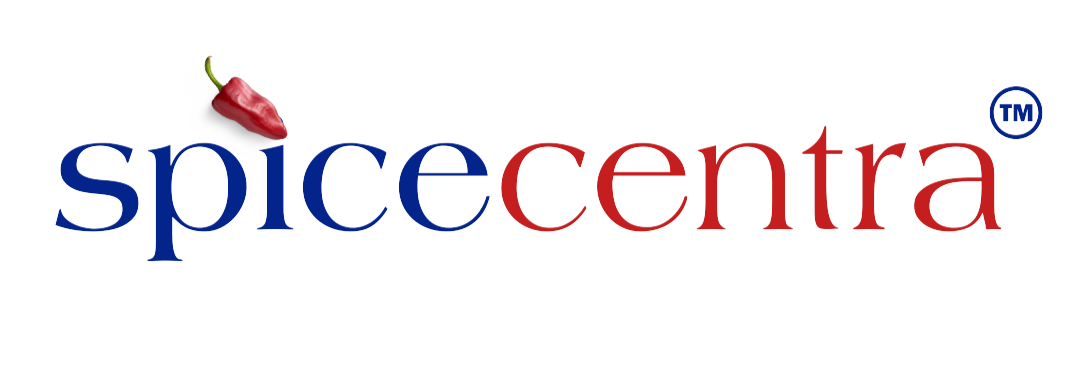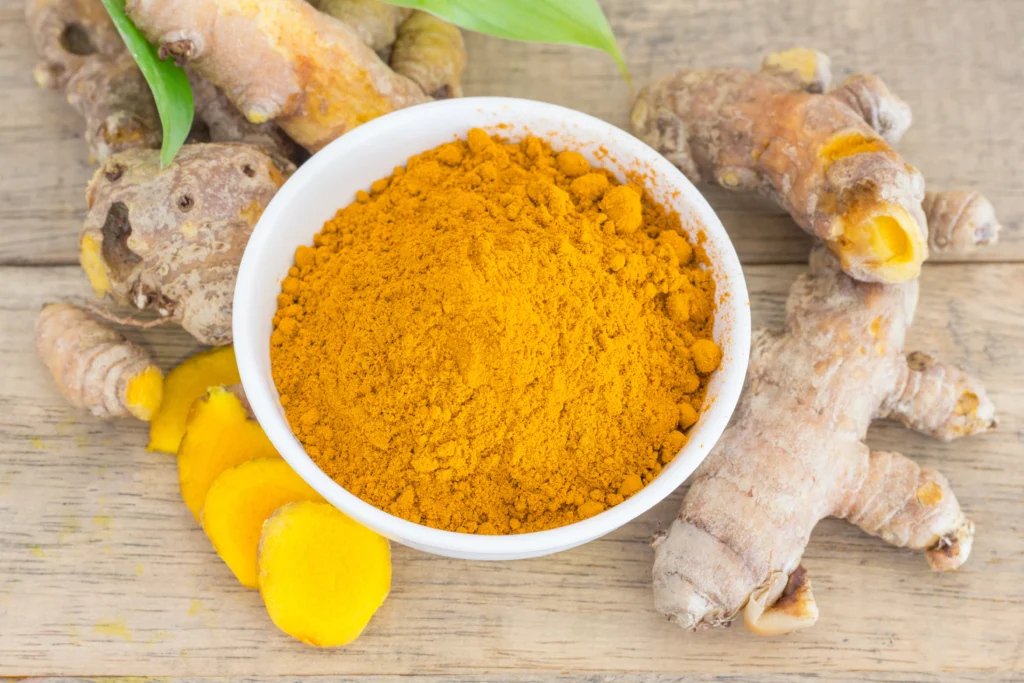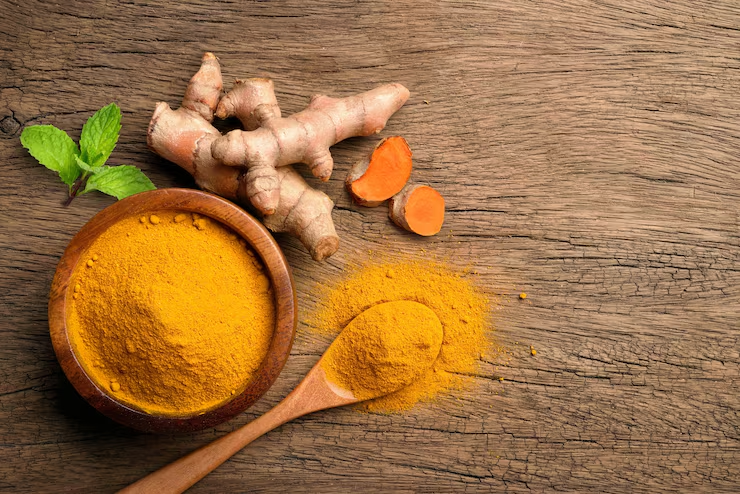Turmeric, often referred to as the “golden spice,” has been an integral part of Indian cuisine and traditional medicine for centuries. Known for its vibrant yellow color, earthy aroma, and subtle bitterness, turmeric is more than just a spice—it represents culture, wellness, and flavor innovation. India remains the largest producer and supplier of turmeric globally, and businesses seeking quality often rely on a trusted turmeric exporter to access authentic Indian turmeric powder.
The global demand for turmeric is steadily rising due to its versatility in culinary applications, health benefits, and increasing popularity in wellness products. By understanding the flavor profile of turmeric and its applications in different cuisines, chefs and food manufacturers can leverage its unique characteristics to enhance their dishes. Additionally, understanding market dynamics like the turmeric exporter price and connecting with reliable raw turmeric suppliers in India can help businesses navigate international trade efficiently.
2. Culinary Uses of Turmeric
Turmeric powder brings a distinct color and flavor to dishes, often described as earthy, slightly bitter, and mildly peppery. In Indian cooking, turmeric is indispensable. It is used in curries, rice dishes, lentils, and marinades, providing both color and subtle warmth. Beyond taste, turmeric is valued for its preservative qualities and health benefits, which include anti-inflammatory and antioxidant properties.
In traditional Indian kitchens, turmeric is also incorporated into beverages, pickles, and spice blends like garam masala. Its versatility makes it a staple ingredient across households, and its ability to complement other spices enhances the overall flavor profile of complex dishes. Reliable raw turmeric suppliers in India ensure consistent quality and freshness, which is essential for maintaining authenticity in recipes.
3. Culinary Uses Worldwide
Turmeric’s appeal has transcended Indian cuisine and has become a global culinary phenomenon. In Southeast Asian countries like Thailand and Indonesia, turmeric is used in curries, soups, and noodle dishes, imparting a characteristic golden hue and subtle warmth. Middle Eastern cuisine often incorporates turmeric into rice pilafs, spice blends, and stews, adding depth to flavors without overpowering other ingredients.
In Western countries, turmeric is gaining prominence as a superfood ingredient in smoothies, teas, and health-oriented dishes. Its mild bitterness and vibrant color make it ideal for innovative recipes in vegetarian, vegan, and gluten-free cuisines. The adoption of turmeric worldwide highlights the importance of sourcing high-quality powder from a reputable turmeric exporter, ensuring that international chefs and food brands maintain consistency in flavor and color.
4. Adoption in Global Kitchen
The global adoption of turmeric has led to increased demand for standardized and quality-controlled products. International buyers prioritize turmeric that meets food safety standards, retains its natural color and flavor, and provides the health benefits associated with curcumin, the active compound in turmeric. Understanding turmeric exporter benefits, such as streamlined logistics, quality assurance, and access to export documentation, helps buyers make informed decisions when sourcing from India.
Countries importing turmeric often require suppliers to adhere to international standards like ISO, HACCP, and FSSAI certifications. Businesses seeking to meet this demand rely on experienced raw turmeric suppliers in India to ensure traceability and authenticity. The growth of turmeric in global kitchens has also encouraged chefs to experiment with fusion recipes, integrating turmeric into pasta, roasted vegetables, baked goods, and even beverages, highlighting its versatility across different culinary traditions.
5. Economic and Trade Considerations
Turmeric is not only a culinary commodity but also a significant contributor to India’s agricultural exports. The global turmeric export demand continues to rise, driven by culinary adoption, health awareness, and the spice’s application in nutraceutical products. Market factors such as the turmeric exporter price fluctuate based on production yield, quality, and international market conditions, which buyers must consider when planning purchases.
Exporting turmeric requires attention to packaging, labeling, and compliance with international food safety norms. Trusted exporters provide end-to-end solutions, from sourcing high-quality turmeric directly from farms to ensuring timely shipments to international buyers. Engaging with reliable turmeric exporters ensures that businesses can maintain product integrity, meet global demand, and benefit from competitive pricing while accessing expert guidance on trade regulations.
Furthermore, the economic impact extends to farmers and local communities, as increased export demand supports livelihood opportunities and encourages sustainable cultivation practices. By working with ethical suppliers and exporters, businesses can contribute to the growth of responsible agriculture while meeting the needs of a growing global market.
6. Conclusion
Turmeric powder has evolved from a traditional Indian spice to a global culinary and wellness ingredient. Its unique flavor profile, versatility in various cuisines, and health-promoting properties make it a valuable addition to kitchens worldwide. For international buyers and food manufacturers, partnering with a reputable turmeric exporter and sourcing from trusted raw turmeric suppliers in India ensures consistent quality, reliable supply, and compliance with international standards.
Understanding the turmeric exporter price, export benefits, and global demand helps businesses navigate the complexities of international spice trade while capitalizing on the growing popularity of turmeric. From farm to world, turmeric continues to leave its golden mark, enhancing flavors, supporting health, and creating opportunities for global culinary exploration.




